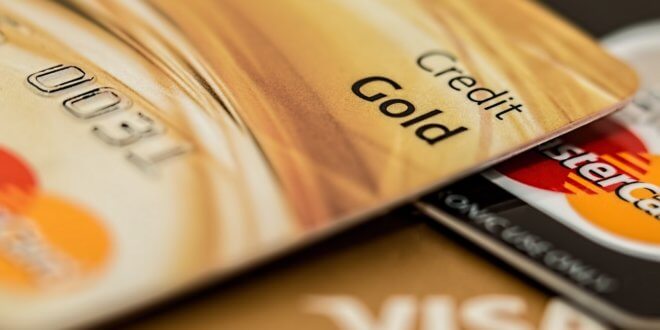Women tend to have more open credit cards than men. In fact, by 2018 female Americans had 3.7 credit cards on average, compared to a lower 3 for male counterparts.
As women find themselves relying on credit cards more than men, those with multiple credit cards more than often find themselves asking a common question: how do I balance multiple credit card payments?
While having more than one credit card may seem like a good idea due to the extended credit limit, repayments can quickly become overwhelming, confusing and sometimes, end up negatively affecting your credit score.
Read on for a few tricks to help you stay on track when using or repaying multiple credit cards.
Know Your Cards Terms – Including The Interest Rates
One of the best ways to stay on track with your repayments when you have more than one credit card is to get familiar with the specific terms and rates attached to each card.
In today’s society, there are a ton of different cards available, and each of them comes with its own set of terms.
There are cards aimed at certain lifestyles, income ranges, credit scores and even consumer credit options specifically for different genders and ages.
Each of them will have their individual terms for late payments, penalty fees and of course, different interest rates. In 2018, the average interest rates surpassed 17 percent in America, with some lenders charging as much as 24 percent.
Knowing this helps you to formulate a repayment plan to avoid racking up interest charges.
Cards with higher interest rates are normally given priority in repayment since they can cost you more.
You will want to pay off the balance as soon as you can. This may mean a larger percentage of your money goes towards payments on this card.

Schedule Automatic Payments
A simple way to keep track of your bills and keep paying on time is to set up automatic payments.
This is a great tip to apply to credit cards as well. As each of them will have different pay-by dates (similar to utility bills), set up automatic payments using your bank account.
This way, you minimize the chance of missing a payment or losing track.
Mobile apps are also handy in keeping track of your balance throughout the month.
They can help you stay up to date with the balance on each card.
There are also mobile budgeting and financial planning apps available that can sync all your cards and show you your progress in one place.
Create Event Alerts For Your Cards
Add your credit cards into your calendars as you do with birthdays and events.
Many lenders tend to offer promotional periods such as interest-free balance transfer and purchases.
While they are great for saving on finance charges, one must remember the cut off date for these offers, or you can find yourself accruing interest yet again.
This is also a great tip when preparing your repayment plan. It gives you an approximate date to aim for when repaying, allowing you to take full advantage of the offers.

Categorize your cards
Finally, try to categorize your cards according to their best use, such as large purchases or those offering rewards (cashback or points) in certain locations.
Research has shown that women are more likely to use credit cards for living expenses.
A diary or tracking spreadsheet can help you remember the best uses for each card, such as grocery shopping.
A large part of managing multiple credit cards is to keep track of them. While it may be more difficult, it is not insurmountable.
Implement a few of these tips, and your finances can be much more streamlined.
 All The Frugal Ladies Personal finance with a feminine touch
All The Frugal Ladies Personal finance with a feminine touch








